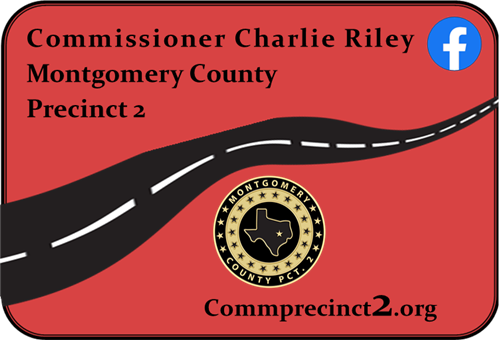
On 11/09/2021, Abbie Ince-Hendrickson from "Living Wild" spoke to the membership of the Magnolia Rotary Club about the snakes of Texas. Pictured above from left to right are: Kelly McDonald (President of the Magnolia Rotary Club) and Abbie Ince-Hendrickson.
Abbie provided a slide show about snakes and the first slide asked the question of "Why are snakes important?". The reason given where as follows:
- Predators exhibit "top - down" pressure to the ecosystem, ultimately controlling the population fluxes of their prey, and their prey, and so on.
- Many snakes eat rats and mice, the second biggest disease vector, behind mosquitos. Snakes eat roughly 9 pounds of rodents every year which is about 192 rodents.
- The venom of snakes is medically important because the venom of rattlesnakes, sea snakes, and copperheads is used to make a number of useful drugs.
Abbie also pointed out that killing snakes has long term population effects. Basically, when snakes are killed off, the population of their prey (like rats) increases. When the prey population increases, the snake population also increases due to more food availability until the "carrying capacity" (when the number of prey is sufficient to supply the needs of the current snake population) is reached. This causes an oscillatory exponential population growth in both prey and predators (snakes).
Abbie than talked about the rattlesnake roundups held each year in an effort to decrease the population of rattlesnakes. Even though people think they are decreasing the population of rattlesnakes, the increase in prey in turn causes a larger increase in the number of baby snakes that are produced. The net result is that these people are increasing the rattlesnake population over time. Abbie then showed everyone a pair of protective snake wrappings to protect the area of an individual's legs from the ankle up to the knee (see below):

Abbie then pointed out that 80% of all snake bites to humans occur because the victim was trying to kill the snake. Therefore, it best to let a snake simply move away whenever possible so that snakes can do their job of eradicating the rodent population. Abbie then showed everyone several tools for moving snakes and showed photos of her using them (see below):


Abbie, then gave everyone the technical terms for the types of snakes found in East Texas. They are:
- Elapidea - Venomous
- Viperidea - Venomous
- Colubridea - Non Venomous
Abbie then explained what snakes fell into the above categories and showed some photos of each of the types. Basically:
- Elapidea are Coral Snakes. She also pointed out the difference between Coral Snakes and King Snakes using the old saying, "Red on yellow, kill a fellow" and "Red on black, friend of Jack". Coral Snakes have fixed fangs and they are further back in their mouth than viper snakes, Their venom is neurotoxic which affects signals between nerves and muscles leading to respiratory paralysis, suffocation and eventually death. However, they have small mouths and have to chew in order to get a fang into a victims skin.
- Viperidea are rattlesnakes, cottonmouths and copperheads. They have folding fangs (that jut out forward when attempting to bite a victim) as well as heat sensing pits that can detect prey thermally, Their toxin is hemotoxic and neurotoxic which can cause severe swelling and blood clotting leading to a heart attack and stroke which can lead to death. The cotton moth venom is cytotoxic which leads to necrosis and amputation. Copperheads have a very mild venom. Abbie then showed a photo of a copperhead (see below) that is in the middle of the photo but is almost impossible to see (they are masters at camouflage),

Abbie then gave an ID Quiz to everyone by showing photos of snakes and asking anyone to name the snake. Some snakes were obvious but several were unknown to the group. Abbie then spoke about her company whose name is "Living Wild" and showed some photos around her 10 acre home of animals and birds as well as snakes before taking questions. For more information about "Living Wild", go to www.welivewild.com.





